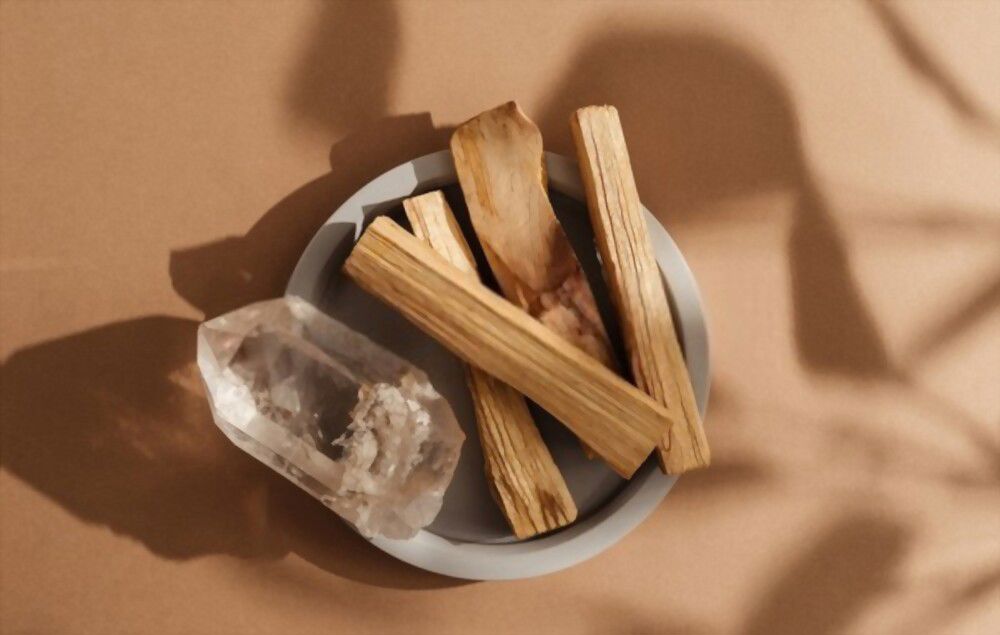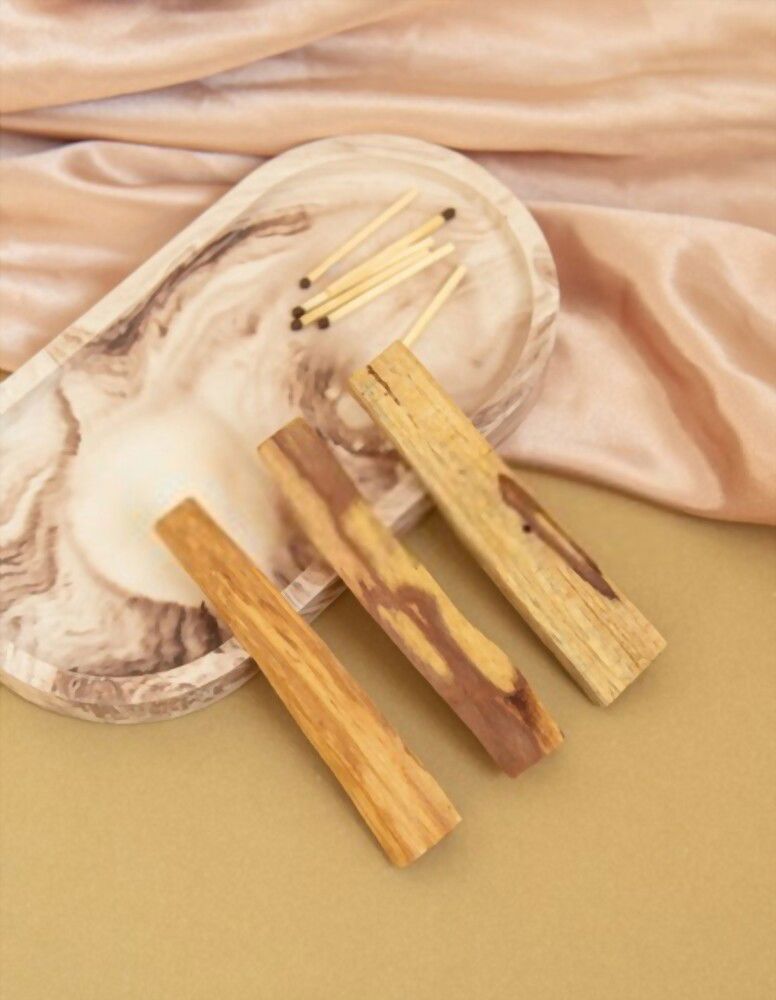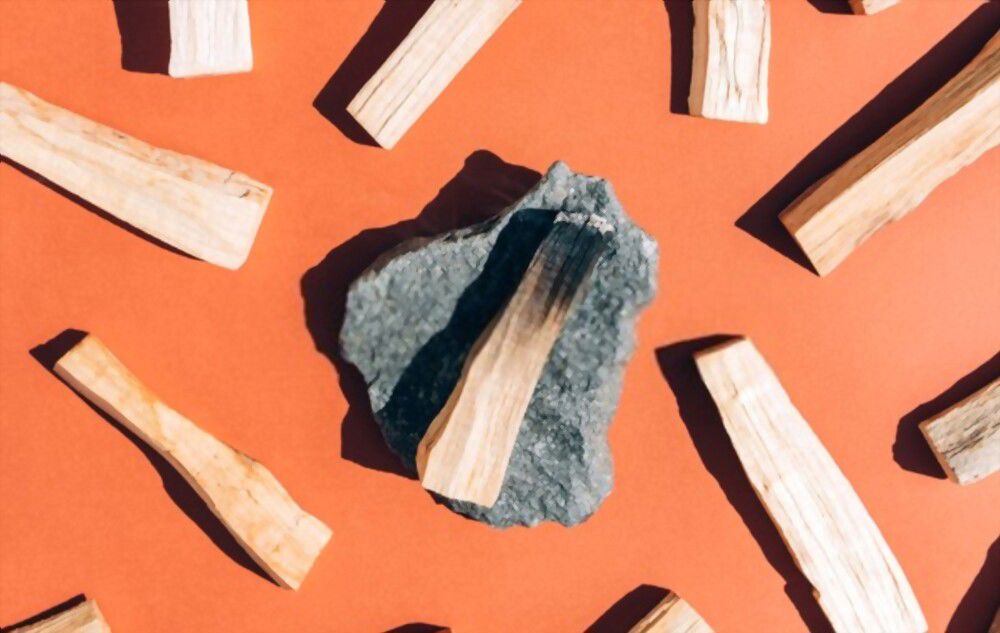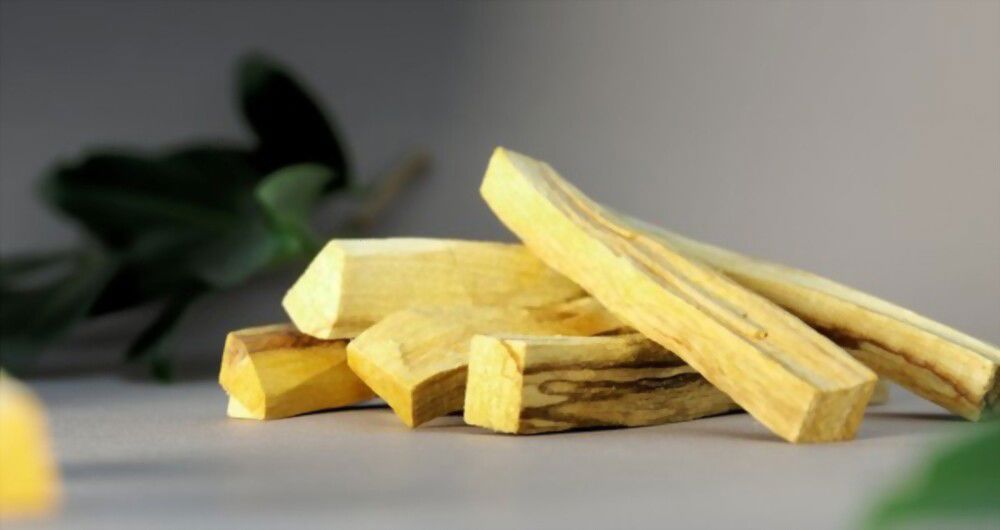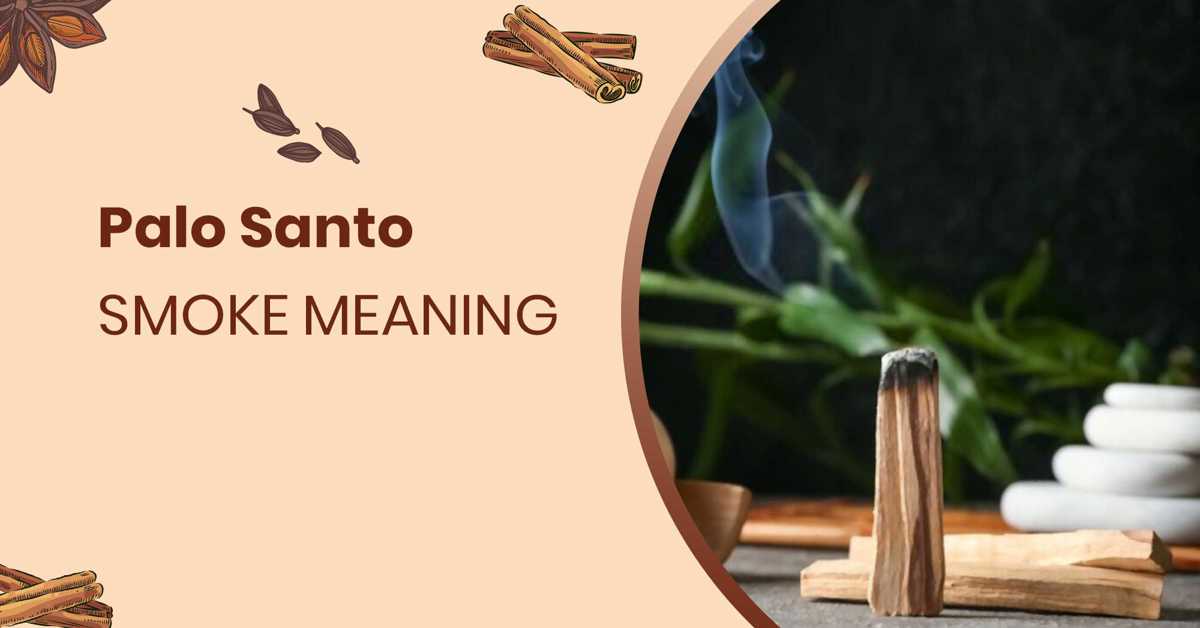Palo Santo is a natural wood that has been used for centuries by South American cultures for its therapeutic and spiritual benefits. The smoke from burning palo santo is said to cleanse the air and soul and is thought to be helpful in relieving stress, anxiety, and depression. Palo Santo is available in both its natural form and as a fragrant essential oil. However, not all "palo santo" products on the market are authentic. Read on to learn how to tell the difference between real and fake palo santo.
Affiliate link disclosures
1. About palo santo
Palo santo is a tree that is native to South America and grows in the dry forests of Peru, Ecuador, Bolivia, and Venezuela. The tree is endangered due to the over-exploitation of its wood and oil. Palo santo is typically harvested from dead or dying trees, which contributes to the decline of the species. The wood of the palo santo tree has been used in shamanic and spiritual ceremonies for centuries. They are said to have healing properties and to be able to cleanse negative energy. The smoke from burning palo santo is believed to purify the air and bring positive vibes into your space.
Palo santo has a sweet, woodsy smell that is both refreshing and grounding. It is often used in aromatherapy to reduce stress and promote relaxation. The scent of palo santo can also help to boost your mood and increase focus.
Due to its declining population, palo santo is listed as an endangered species by the IUCN Red List. Although there are some efforts to protect the tree, such as through sustainable harvesting practices, the future of the species is still uncertain.
2. How many types of palo santo are there and the difference between them?
Palo santo is a tree that is native to South America and grows in countries such as Peru, Ecuador, Bolivia, and Venezuela. The wood from the tree is used for a variety of purposes, including making incense, medicine, and essential oils. There are two main types of palo santo: Palo Santo Bursera Graveolens (red) and Palo Santo Bursera Microphylla (white). Both types of palo santo have similar properties and benefits, but there are some differences between them.
Palo Santo Bursera Graveolens is the more common type of palo santo. It has larger leaves and branches, and the wood is harder than Palo Santo Bursera Microphylla. The scent of Palo Santo Bursera Graveolens is also stronger than the other type.
Palo Santo Bursera Microphylla is not as common as Palo Santo Bursera Graveolens, but it is growing in popularity. It has a more delicate scent and the wood is softer.
Both types of palo santo have similar benefits, but each one has its own unique properties. For example, Palo Santo Bursera Graveolens is said to be more effective at cleansing and purifying environments, while Palo Santo Bursera Microphylla is said to be better at promoting relaxation and peace.
Palo santo can be used in a number of ways, including burning the wood to create incense, using the essential oil for aromatherapy, or applying it topically to the skin. Palo santo is also said to have insect-repelling properties.
Palo santo wood is best harvested from fallen branches or trees that have been cut down. The tree should be at least 10 years old and have a diameter of 30 centimeters. The wood should be harvested during the dry season from June to August. The wood should be aged for at least a year before being used, as this helps to improve its quality. When harvesting palo santo wood, it is important to choose pieces that are straight and have few knots. The wood should also be free of any mold or rot. Once the wood has been gathered, it can be cut into pieces of the desired size and then used for whatever purpose you desire.
Palo santo is becoming increasingly popular as more people learn about its benefits. It is a sustainable and environmentally friendly product that can be used in many different ways.
3. So do fake palo santo exist?
Fake Palo santo certainly exists, however, it is uncommon. The quality of each palo santo stick depends on many factors. In addition, the price competition adds to the appearance of poor-quality palo santo sticks.
When it comes to palo santo, quality is everything. And unfortunately, not all palo santo sticks are created equal. There are a number of factors that can affect the quality of palo santo, including the age of the tree, the time of harvest, the weather, the preliminary processing, and the preservation process.
Age of the tree: One of the most important factors in determining the quality of palo santo is the age of the tree. Older trees produce higher quality wood, so if you can find sticks that come from older trees, you're more likely to get a higher quality product.
Time of harvest: The time of year that the palo santo is harvested can also affect its quality. Palo santo which is harvested in the late spring or early summer is typical of a higher quality than palo santo which is harvested later in the year.
Weather: The weather can also have an impact on the quality of palo santo. If the tree is grown in an area with warm, dry weather, it will produce better-quality wood than if it's grown in an area with cold, wet weather.
Preliminary processing: How the palo santo is processed before it's turned into sticks can also affect its quality. If the wood is not properly cleaned and dried before it's made into sticks, it can affect the quality of the finished product.
Preservation process: Finally, the way that the palo santo is preserved can also impact its quality. If the wood is not properly cured or stored, it can lose some of its potency and become less effective.
As a result, it's important to be aware of these things when you're shopping for palo santo so that you can be sure you're getting the best quality possible. Here's how to identify the real and highest quality palo santo sticks.
4. How to distinguish real and fake palo santo?
The tree that produces palo santo grows only in certain parts of South America and is protected by law in some countries. This makes the wood even rarer and more expensive. When purchasing palo santo, it is important to be able to identify a real and high-quality product. Here are some characteristics to look for:
- The first is that the wood should be a deep, rich brown color. If it is lighter in color, it is likely not real palo santo.
- The second characteristic to look for is the scent. Palo santo has a very distinct, sweet, and earthy smell. If the wood does not have this scent, it is likely not real palo santo.
- The texture of the wood should be smooth and free of any knots or blemishes. If the wood is rough or has any imperfections, it is likely not real palo santo.
- The stick should be solid and not hollow and very difficult to break or chip.
- It should be lightweight and easy to burn.
- The ashes should be white and powdery.
If you can find palo santo that meets all of these criteria, you can be sure that you're getting a high-quality product.
5. How to buy high-quality palo santo
When buying palo santo, it is important to remember a few things in order to get the best quality product. First of all, make sure that the source is reputable. There are many places that sell palo santo, but not all of them are created equal. Do some research and read reviews before purchasing from a particular seller.
Secondly, pay attention to the product itself. Palo santo should be a deep golden color, and it should have a strong, pleasant scent. If the wood is too light in color or has a weak smell, it is likely of lower quality.
Finally, consider the price. Palo santo is not cheap, so if a seller is offering it for an unusually low price, be wary. It is important to remember that you get what you pay for, and in the case of palo santo, quality is key.
When buying palo santo, it is important to buy from a reputable source, pay attention to the product itself, and consider the price. These factors will help ensure that you get a high-quality product.
Read the review article of the top 11 palo santo products on the market today to be able to choose for yourself a suitable product. Besides that, here are some of our quick recommendations.
Conclusion
Palo Santo is a sacred wood that has been used for centuries by South American shamans and healers. The smoke from the burning wood is said to have cleansing and healing properties and is often used in ceremonies and rituals. There are many different types of palo santo, but not all of them are authentic. In this blog post, we’ve outlined how to distinguish real and fake palo santo, as well as how to buy high-quality palo santo. We hope this information was helpful and let us know in the comments below if you have any questions.

